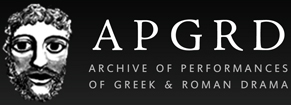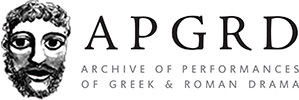Original id:
10584
Start date:
29 April 1726
Degree of relationship to ancient play:
Distant relative
Production notes:
Libretto: L'Andromaca. Drama per musica da rappresentarsi nel Teatro dell'illustriss. Pubblico di Reggio in occasione della fiera dell'anno 1726. Dedicata all'altezza serenissima di Rinaldo I, duca di Reggio, Modana [sic.], Mirandola ecc. (Reggio: il Vedrotti, 1726). The Argomento in the libretto names the following sources: Racine's Andromaque, Virgil's Aeneid (providing the same quotation from Virgil as Racine in the preface to his tragedy), and Euripides' Andromache. The libretto follows Racine very closely. It is informed by another operatic adaptation of Racine, Antonio Salvi's Astianatte (Florence 1701, Sartori ID 3265), but it stays closer to the tragedy and retains the funesto fine (Pirro's death). It ends with a moral on how to live one's life, given by Andromaca, as the new Queen of Epirus, to Astianatte and the people. The name of the librettist is not provided in the libretto. The New Grove Opera article on Chiocchetti identifies him as Apostolo Zeno. However since the libretto shows no similarities with Zeno's Andromaca as used in Vienna in 1724 (Sartori ID 1894) and adapted for Rome in 1730 (Sartori ID 1897) and Copenhagen in 1760 (Sartori ID 1912), it is highly likely that the author of the libretto was someone else. The libretto (p.9) also provides the information that the ballet group consisted of eight dancers, but gives no other information on how and when they were employed (for example, as part of the opera or during indepentent interval intermezzi).
Media of production:
Opera, musical and related genres
Languages:
Italian

